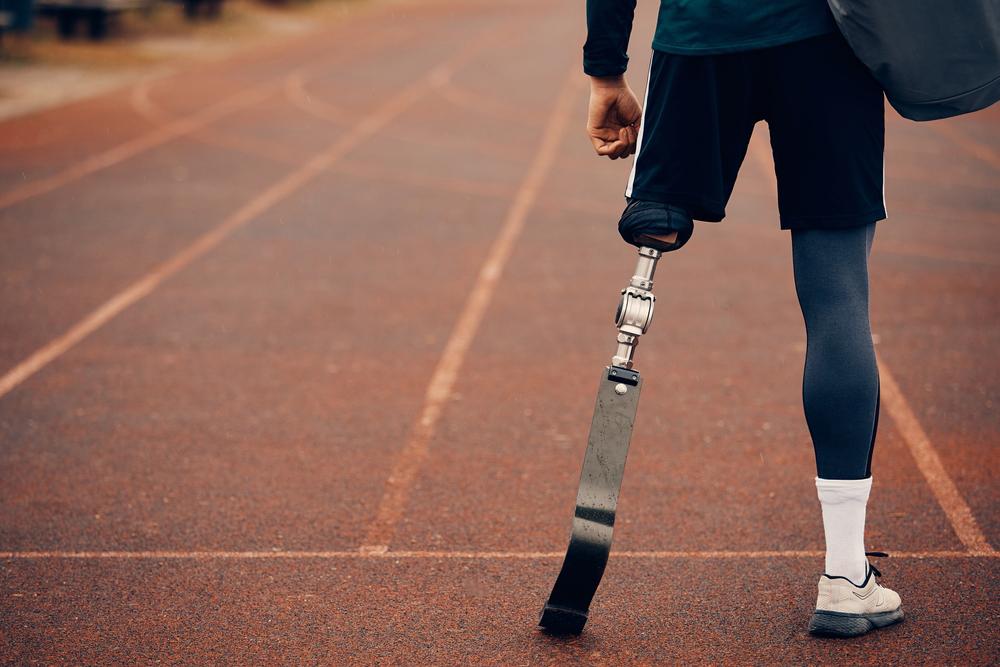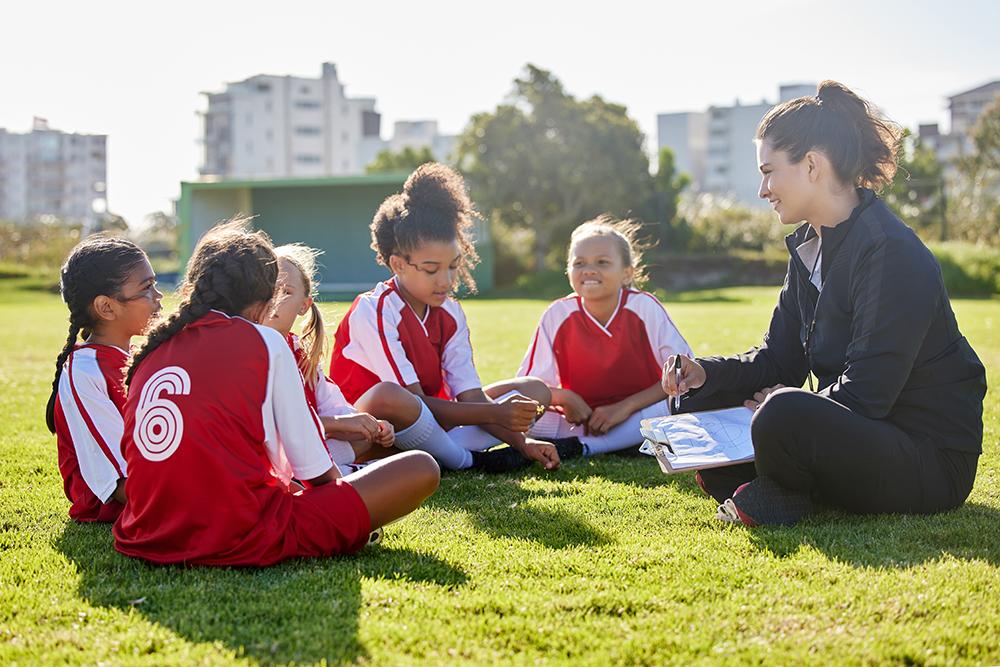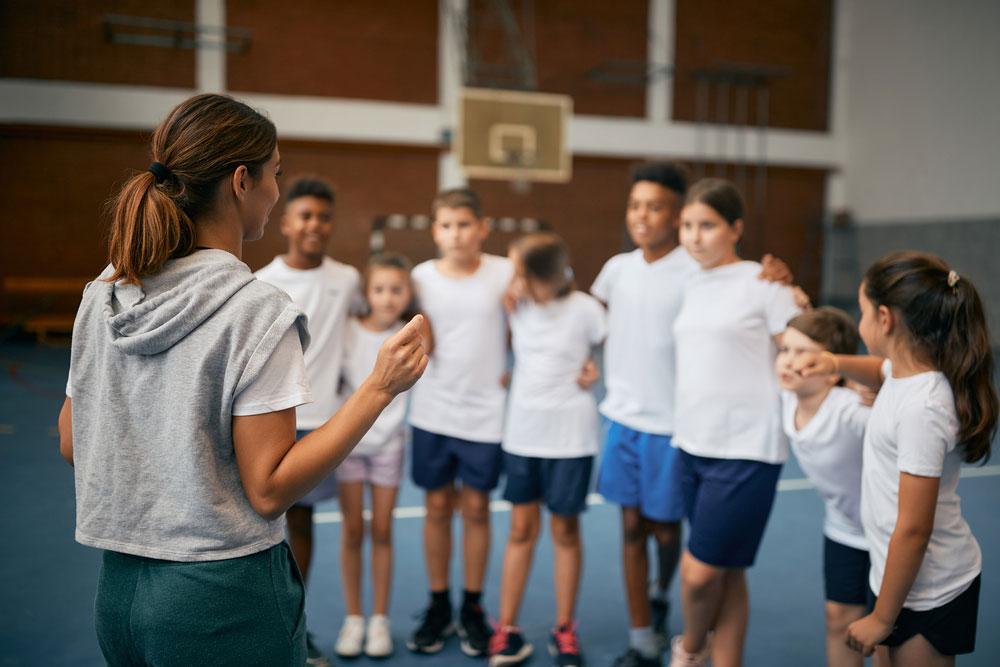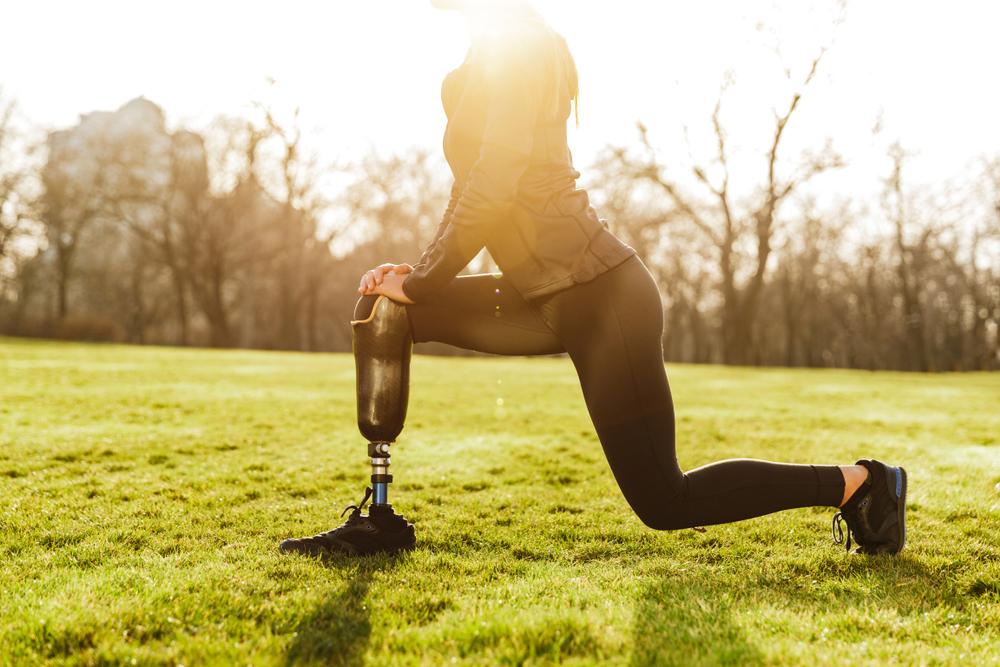 Content Warning: This article contains mentions of abuse and/or assault.
Content Warning: This article contains mentions of abuse and/or assault.
Elite athletes are a source of inspiration and adulation for many young athletes, and elite athletes generally have some great traits and habits for young people to emulate. They set ambitious goals, commit to their training, work hard, overcome adversity, and much more. But, athletes are human and have flaws like everyone else.
For youth and adolescent athletes, it can be heartbreaking when a sports hero falls from grace, but there are strategies parents can use to help young athletes process the news and teach them valuable lessons about role models.
Kids are Wired to Worship Heroes
Adults may find it difficult to understand the emotional connection kids have to a specific sports star, musician, or famous person. Their level of adulation may seem irrational, and for the most part, it is.
According to sport psychologist, Robert Kraus, Ph.D., brain development plays a large role in explaining why young people become so enamored with sport stars that they copy their haircuts, wear the same clothing, and follow their every social media post. “The frontal cortex, which is where logical, analytical, critical thinking happens in the brain, isn’t fully developed at best until people are in their early 20’s,” said Kraus. “In young people, the amygdala exerts far more influence over their perception of the world, and the amygdala is all about feelings and emotion.”
Even without knowing much about brain development, most parents recognize toddlers are impulsive and have little control over their emotions. Gradually kids gain more control as they develop the cognitive skills to understand cause and effect, actions and consequences, right and wrong, etc. However as anyone with a teenager knows, that process takes a long time and some days it can seem like it might never happen.
This predominant influence of the emotional center in the amygdala is what makes kids burst out into tears when they see or get to meet a celebrity or sports hero.
Seeing or hearing about their hero lights up the reward center in their brains, the same reward center that lights up when people eat chocolate or go for a run, and unfortunately, the same one that lights up to fuel addictions to drugs we all hope kids will stay away from.
Brain chemistry is how we evaluate and connect with our role models. In young people, the difference can be that the role model gets their whole heart, and they give that person more influence and more power than they should. It’s what makes your child hang on their hero’s every word, and emulate them as closely as they can. Many athletes and celebrities understand the influence they have over young people and do their best to be role models, but being famous or particularly good in a sport doesn’t necessarily make someone a good person or a good role model. And, even the athletes who understand and value the influence they have as role models can still make mistakes.
A Parent’s Role
As a parent, your logical brain won’t be able to overpower your child or adolescent’s emotional connection to a sporting hero.
“What parents can do is talk with kids about their heroes in ways that add that logical context into their relationship with that elite athlete,” says Kraus. “If you ask what they admire about an athlete, they’ll give you emotional responses; so start prompting them to talk about what their heroes do so well, what it took to gain those skills, and what they do each day to stay at their best.”
As adults, we evaluate people cognitively and emotionally. You might be a huge fan of a particular sports star, but your emotional connection to that athlete is tempered by your rational understanding of the talent, work ethic, and commitment required to reach that level of performance.
Kids’ perceptions are weighted disproportionately to the emotional side, and by adding to the rational side, parents can help kids achieve a more balanced perception of their hero.
When Role Models Mess Up
It can be devastating to a young person when their sports hero does something scandalous and ends up on the front page for all the wrong reasons. That same strong emotional response to the athlete’s positive attributes swings to being a strong negative emotional response.
While adults may express anger toward a star athlete who drives drunk, gets in a fight at a night club, or cheats in his or her sport, the young fan is more likely to defend the athlete and express sadness rather than anger. They gave the athlete all of their heart, and are now heartbroken. When parents and coaches talk to young athletes about the facts behind their heroes’ performance, they help prepare them to see the star as human rather than superhuman, which can lessen this heartbreak a bit.
A role model’s fall from grace gets tricky for parents and coaches. It’s a teaching moment, for sure, but what’s the lesson? Do you encourage the young athlete to see their role model as someone who made a mistake and is still a good role model? Do you use the scenario to teach a lesson about actions and consequences? Or, do you encourage the young athlete to find a new role model and learn the lesson of knowing when to walk away? It’s a personal decision, but Roberta Kraus encourages parents and coaches to evaluate the star in three areas: value as a role model, level of humanity, and the value the star places on “right-and-wrong.”
Right and Wrong
What the sports star or celebrity did to fall from grace plays a role in the guidance parents and coaches provide young athletes.
Did the athlete make a mistake and display poor judgment, or did they make a thoughtful decision to be deceitful, break a rule, or break a law? To err is human, and depending on the particular error (more on that later), the scenario could actually help the young athlete develop a more rational view of their hero as a person. This can be a time to teach a young athlete about how their hero takes responsibility for their actions, accepts the consequences, and keeps working toward their goals.
On the other hand, when the hero knowingly and purposely breaks the rules or the law, it calls into question their moral standards and the value they place on right and wrong. This should be more troubling to parents and coaches, who should give more consideration to using the situation to teach young athletes how to critically evaluate the positive and negative attributes of another person.
Level of Humanity
The world is not black and white, and some bad deeds are worse than others. Individual parents and coaches will have their own views on where the breakpoint is between excusable and inexcusable, but one such tipping point can be whether the star’s bad deed was directed at another person. This is an evaluation of the person’s humanity.
Breaking the rules of a sport or breaking traffic laws is wrong, but not necessarily reflective of the value that person places on the lives of others. A person who commits verbal or physical abuse, domestic violence, sexual harassment, rape, or murder is inhumane. While that person may have redeeming qualities, inhumane treatment of others disqualifies a person from being a role model.
Value as a Role Model
What is the value you want your young athlete to learn from their hero? Is it their work ethic, their ability to overcome adversity, and their qualities as a leader? Or, is the star or celebrity your young athlete adores famous for being famous, best known for questionable antics, or all flash and little substance? Neither group receives a free pass; this shouldn’t be viewed as good works excusing bad behavior. But, the lessons derived from the situation can be different.
For the “high value” role model, it may be an opportunity to learn about taking responsibility for your actions, owning your mistakes, making amends, and getting back on track. For the hero adored for questionable behavior, it may be an opportunity to learn about priorities, that actions have consequences, and how opportunities can be squandered.
If the star athlete fails in only one area, there may be a way for the young athlete to learn a lesson and continue seeing the star as a role model. If the star fails in two areas the young athlete may still be able to retain positive feelings about some aspects of the star’s personality or performance, but probably won’t see them as someone to emulate. If the star fails in all three, or acts inhumanely toward others, it’s time to teach the young athlete how to walk away and find a new role model.
Overall, Kraus emphasizes, “Parents and coaches shouldn’t be dismissive of kids’ adoration for sports stars. Their emotional connections to those athletes are real and heartfelt, and it can be devastating when those heroes fall. As adults, our role is to help them process what they’re feeling so they can learn and use the experience to be more prepared to balance their rational and emotional connections to future role models.”



